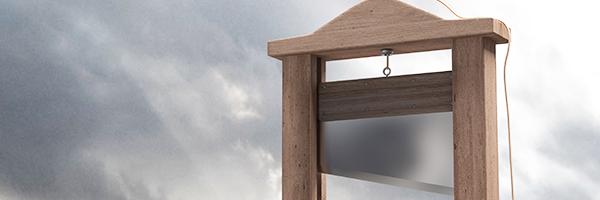As of 3 p.m. today, January 28, shares of GameStop (GME) were down 30.02% to $243.18. At the height of the Reddit-facilitated short-squeeze the stock traded at $357 just yesterday. The stock began 2021 at $17.25 on January 4.
So we’re talking about a big gain in shares of what is, at bottom, a fading brick and mortar software gaming mall-centric retail chain. Individual traders have successfully used the big short position in the stock to squeeze short-sellers into buying to cover the bets that the stock would crumble.
Today, though, some of the air has come out of the GameStop play–and out of other heavily shorted stocks that have staged their own rally in GameStock’s wake.
As of 3 p.m., Bed Bath and Beyond (BBBY), up 43.45% yesterday, was off 35.17% today. Movie-theatre chain AMC (AMC) up 301.21% yesterday, was down 50.39%.
The problem with a rally built on a short squeeze is that it’s very difficult to tell when the fuel–big short positions that need to be covered by traders buying shares of the stock–is exhausted.
I don’t think, necessarily, that the GameStock, etc. rally is over. It’s volatility, not direction that’s important for making money in a situation like this. And I’m sure some savvy (or lucky) traders got out ahead of today’s drop–maybe placing short bets of their own in order to profit from downside volatility as the early buyers turned sellers dumped their shares–and are now in a position to go long again.
A trade like this tends to end not in one big bust but in a series of oscillations with decreasing magnitude as traders go long, and then sell, and then rebuy in the hope that some of the gains will be repeated. The folks who get most badly burned are those who are late to buy–last in–and late to sell–last out.
The oscillation goes on until the volatility–in either direction–is exhausted.


